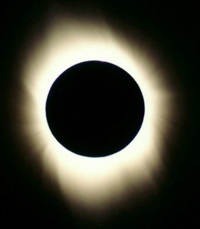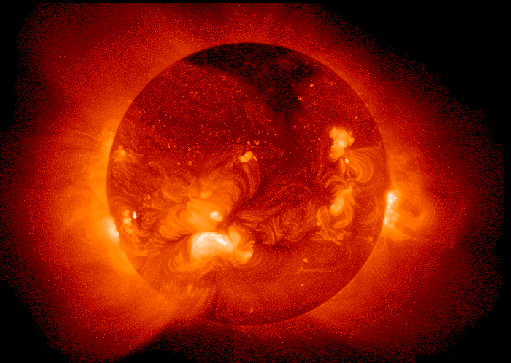
Did Mercury form where it is now, or farther out in our solar system? One intriguing idea is that shortly after Mercury formed its mantle was completely molten and carbon crystallized into graphite which floated to the top like icebergs, he says. There may have been an original crust made entirely of graphite that later got covered by the silicate lava flows that make up the planet's crust today, says Nittler. Sometimes referred to as black lead, graphite is a naturally produced, crystalline form of carbon.

It is likely caused by a high abundance of carbon, probably in the form of graphite, he says. While all of Mercury's surface is quite dark, we have found that material excavated by deep impacts is even darker, says Nittler. An abundance of graphite beneath the surface. But we haven't figured out what this component is, he says. They probably form by the loss of some easily evaporated volatile component which caused the rocks to sink below the surface, says Nittler. These hollows are thought to resemble karst-like landforms here on Earth, that are created by the dissolution of soluble rocks, mostly limestone or dolomite. The origin of Mercury’s strange surface hollows This is a 3d render of mercury in what It would look like in colour. Launched in 2018, BepiColombo is set to fly by Mercury six times before its two complementary spacecraft, the Mercury Magnetospheric Orbiter and the Mercury Planetary Orbiter, begin circling the planet in late 2025.īy measuring how the planet's gravity field pulls on both orbiting spacecraft, the ESA team should be able to compare Mercury’s gravity field with predictions made from models of the planet’s interior structure, says Nittler. How will BepiColombo determine Mercury’s internal structure? Is Mercury’s large iron core the product of stripping caused by collisions, or simply the fact that it formed in a very iron-rich area of our planetary disk?Ĭomputer models have shown that it is difficult to strip that much material off a planet without having most of it re-accrete back onto its surface, says Nittler. What’s known is that the planet contains a higher percentage of iron (totaling some 85 percent of its volume) than any other planet in our solar system. One of its goals is to characterize Mercury’s internal structure. The European Space Agency’s (ESA) BepiColombo mission in cooperation with the Japanese Space Agency is now en route to Mercury. Any accurate model of Mercury's formation will have to adequately explain both and thus far no one does, he says.

Mercury formed with less oxygen which affected how it melted and separated and what minerals can form in its mantle and crust, Larry Nittler, a cosmochemist and planetary scientist at Arizona State University, told me via email. As for the MESSENGER mission’s primary take away?


 0 kommentar(er)
0 kommentar(er)
